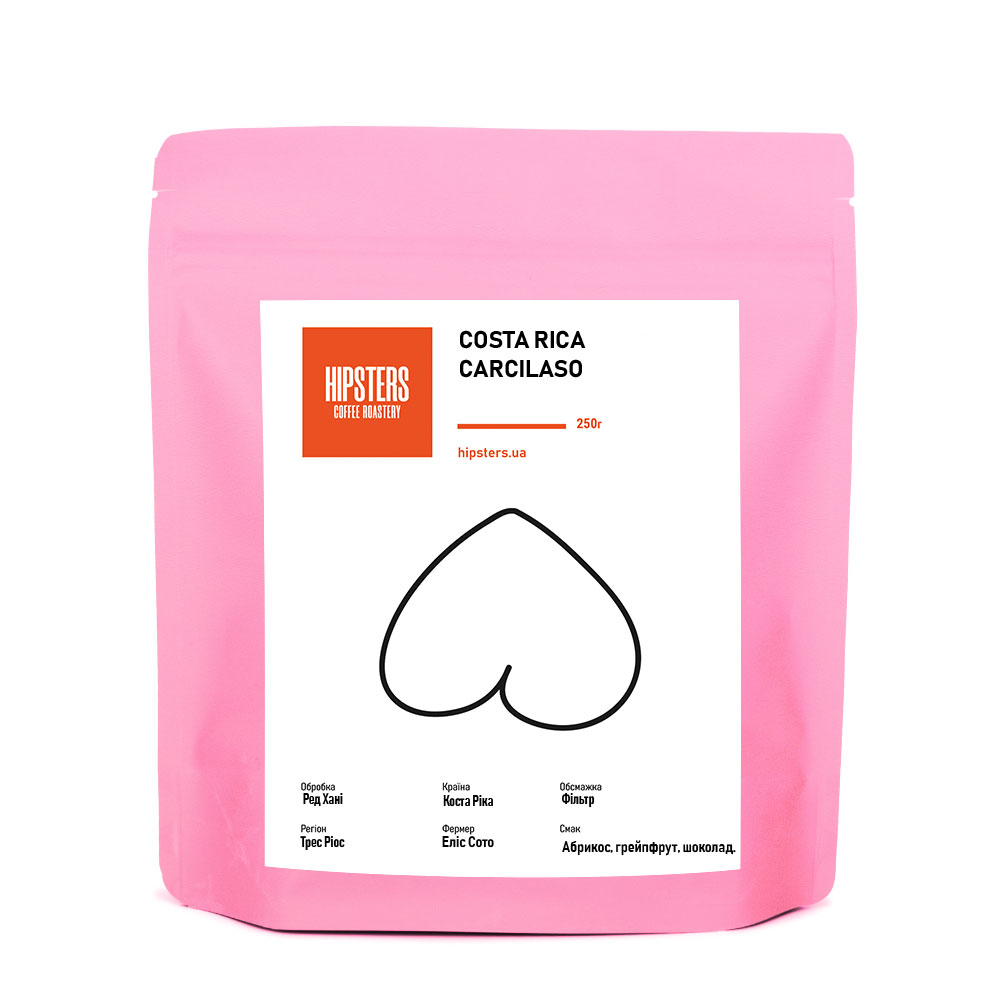ABOUT GARCILASO COFFEE
The coffee comes from the Tres Rios or “Three Rivers” region, located east of the Costa Rican capital of San Jose. Regon stretches on the slopes of the Irazu volcano along the Pacific watershed, which is characterized by distinct wet and dry seasons. This contributed to the formation of a special atmosphere here. Coffee began to be grown here in the 1820s, and the production of specialty coffee began at the beginning of the 20th century. Coffee from this region is called “Costa Rican Bordeaux” due to its particularly well-balanced cups with an intense aroma
2 years ago, Alice Soto, the owner of the Garcilaso farm, began to cooperate with the SMS Specialty Coffee project for the complete renovation of the farm. At least 40 hectares needed renewal. The daily protection of rivers, trees and wildlife became new ecological and social principles, and the planting of high-yielding hybrids H1, H3 and H15 allowed farms to obtain high-quality coffee. The farm does not use insecticides and focuses on growing a native population of bees to enhance natural pollination
The H3 variety is special in that it is suitable for high-altitude areas with a cold climate. Vn is characterized by a bright cup, adhesion to rye, high productivity, it is more fertile, nzh H17.
RED HONEY PROCESSING
The process begins with the collection of 100% ripe coffee cherries on the farm. The harvested coffee is transported to the processing station in Patallo and sent by a conveyor belt to a tank to remove floaters and any other debris.
After the completion of this stage, the water is filtered into the coffee cherries, and the coffee is transferred to the horizontal pulper, which rotates at 130 revolutions per minute. The husk penetrates into the grains, which then immediately split according to size.
Then the coffee with the remaining 50% of the pulp is spread on the African spoon in a layer no more than 10 cm thick. During drying, the grains are stirred by hand every 30 minutes until the moisture content reaches 10.5%. This process can last approximately 8-10 days.
Finally, the coffee is packed into Grain Pro bags, where it is kept for at least one month. Then, with the help of a grinder, the pulp is removed, and the green beans are classified by size and density in order to have ready-made coffee of export quality.
